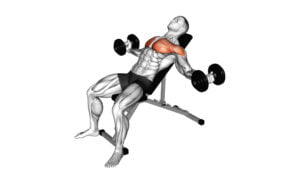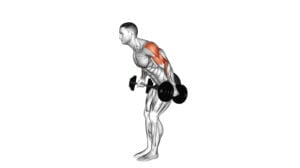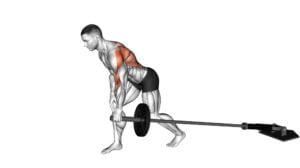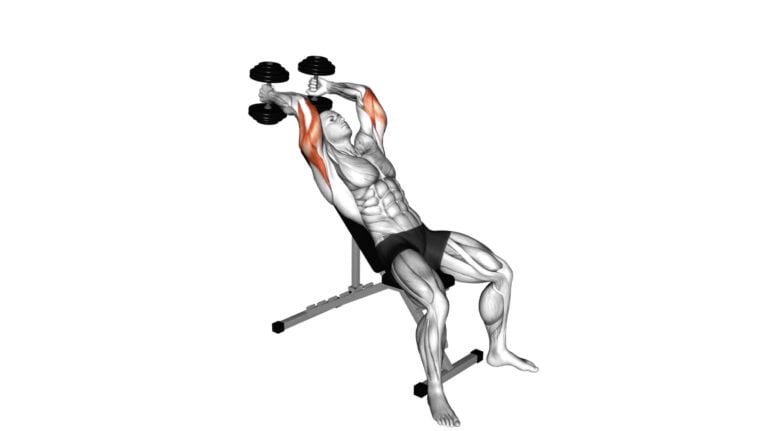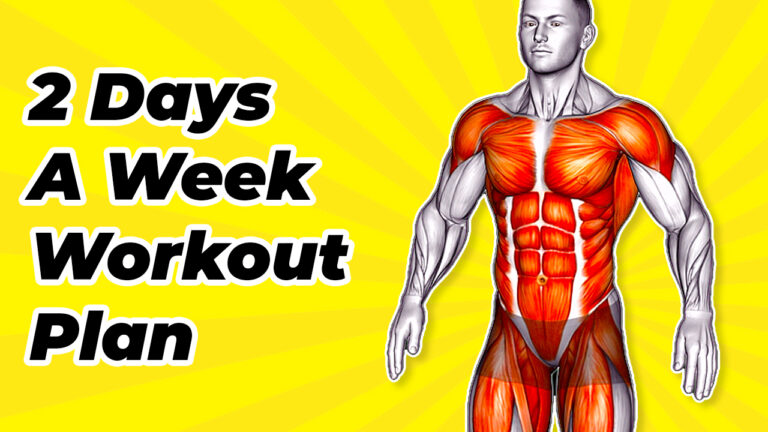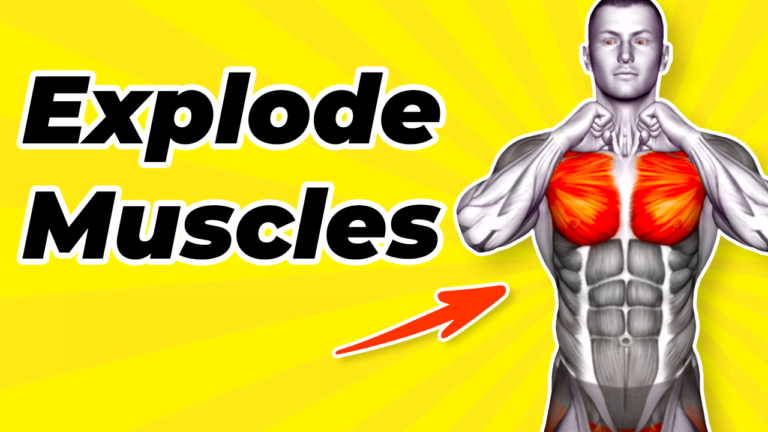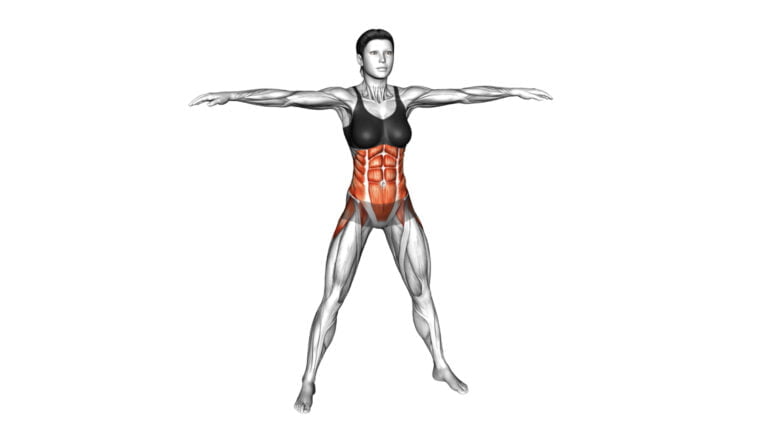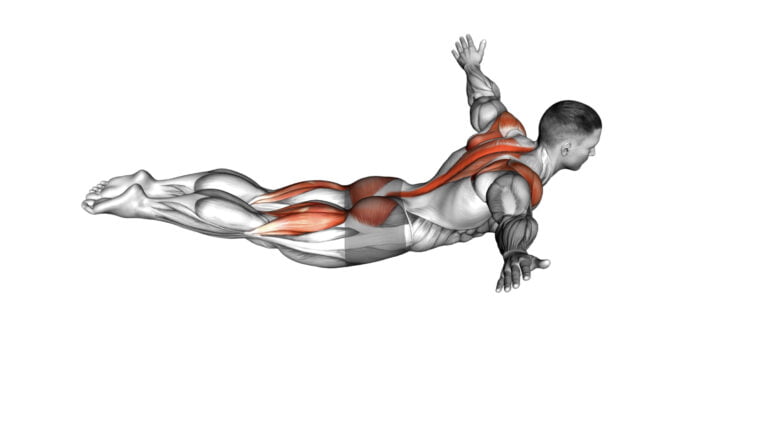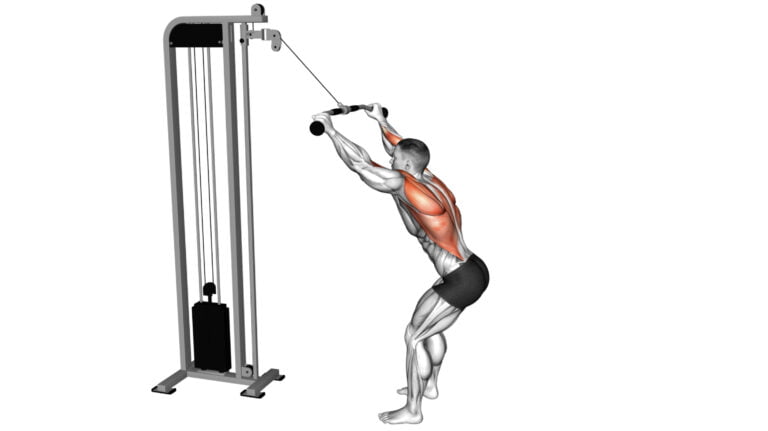10 Compound Core Exercises For Building Strength And Definition
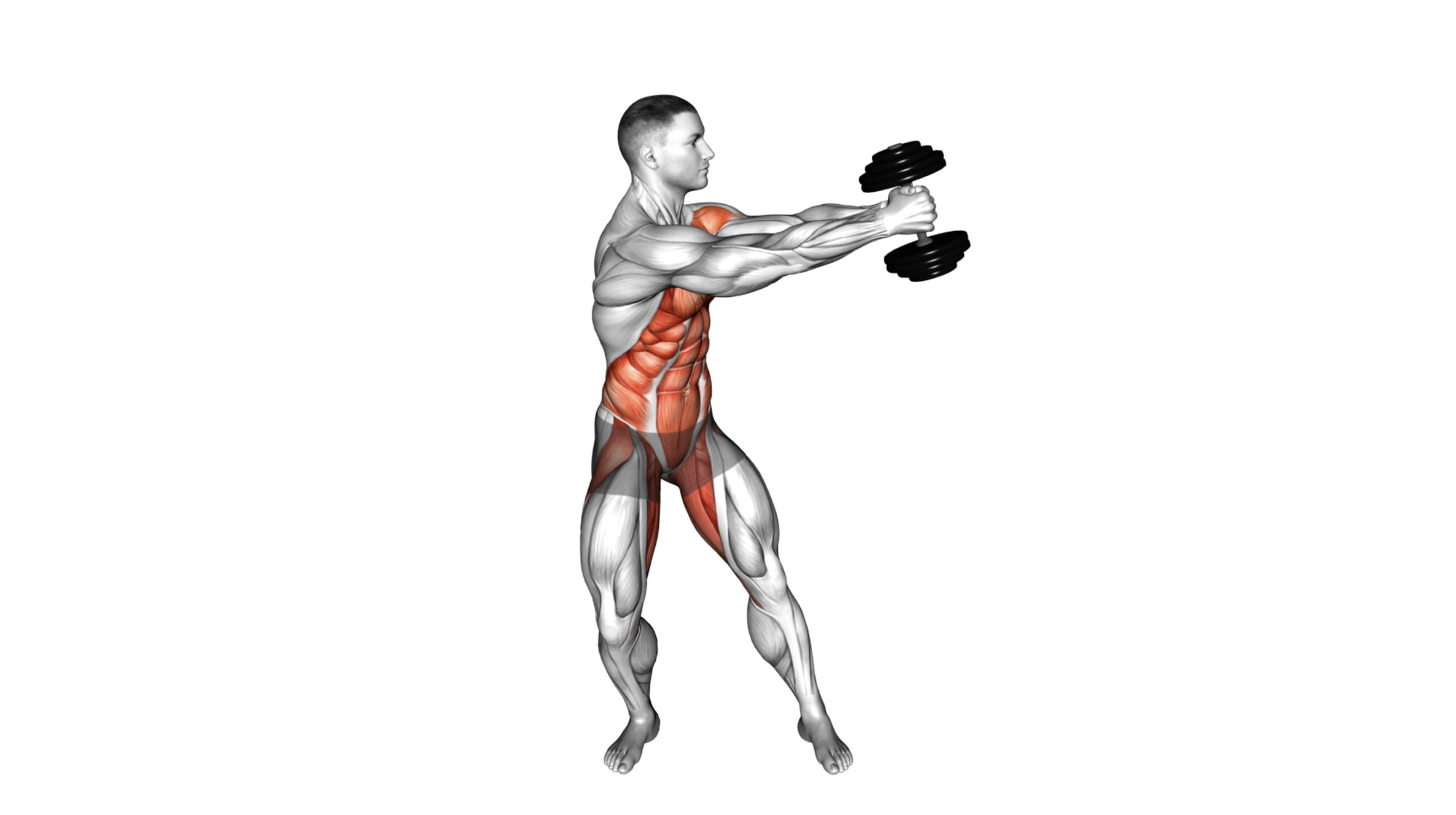
Building a powerful core is about more than just chasing after the elusive six-pack; it’s a crucial foundation for overall strength and fitness. As a seasoned trainer with years of experience navigating the science of muscle development, I’ve seen firsthand how compound core exercises create dramatic transformations.
With their multi-muscle activation, these exercises are game-changers for anyone looking to enhance physical performance or sculpt a defined physique.
The truth is isolation workouts target only one group at a time – that’s not enough if you’re aiming for real results. Compound movements engage your entire core along with other parts of your body, increasing calorie burn and improving functional strength in everyday life.

This article dives deep into ten dynamic compound core exercises guaranteed to challenge your muscles like never before. Ready to rev up your routine? Let’s get started!
Key Takeaways
- Compound core exercises are effective for targeting multiple muscle groups, which can lead to more strength and better muscle definition compared to isolation exercises.
- Engaging in compound movements like the Cable Standing Backhand or Dumbbell Plank Pass Through helps improve not only core strength but also balance, coordination, and functional fitness in everyday life.
- To maximize results from these workouts, it’s important to focus on maintaining proper form throughout each exercise, gradually increasing weight as you advance, and combining these exercises with a balanced diet and sufficient rest for recovery.
- Consistency is crucial when performing compound core exercises; sticking to a regular workout routine will bring significant improvements in overall fitness over time.
- The article outlines ten dynamic compound core exercises including Captains Chair Straight Leg Raise and Dumbbell Wood Chop Squat that challenge your muscles differently than traditional crunches or sit-ups.
Why Compound Core Exercises are Important for Building Strength and Definition
Compound core exercises are essential for building strength and definition as they target multiple muscle groups at once, leading to more efficient and effective workouts. Unlike isolation exercises which focus on one specific muscle, compound exercises engage the entire body, promoting overall functional strength and enhanced muscle definition.

Benefits of compound exercises
Compound exercises provide a powerful route to building core strength and muscle definition because they target multiple muscle groups at once. From your rectus abdominis to your obliques, these movements challenge your entire core musculature, leading to more significant strength gains compared to isolation exercises.
Engaging several muscles simultaneously also means burning more calories during your workout, making compound exercises an efficient option for those looking to improve overall fitness or shed extra pounds.
Incorporating moves like the deadlifts or overhead squats into a routine not only fortifies the abdomen but also enhances balance and coordination throughout the body. These dynamic patterns of movement create functional fitness – that is, strength that’s applicable in everyday activities.
By improving intermuscular coordination, the benefits extend beyond just aesthetic improvements; you’ll likely notice enhancements in posture and a reduction in injury risk from everyday motions like lifting objects or reaching overhead.
Resistance training with compound movements stimulates intra-abdominal pressure as well, providing support for your spine and creating a solid foundation from which all other movements can originate safely and effectively.
Difference between compound and isolation exercises
Compound exercises are powerful moves that work multiple muscle groups at the same time. Imagine doing a squat—your glutes, quads, and calves all engage to lower you down and lift you back up.
They’re like multitasking for your muscles, making them efficient for strength training and burning calories. These exercises help improve coordination, simulate real-world activities, and kick your core-strengthening into high gear because they often require balance and stability.
Isolation exercises, on the other hand, zero in on one specific muscle group. Take bicep curls; they primarily work just the biceps without much help from other muscles. This focus can be helpful if you’re trying to target a particular area or if rehabbing an injury under a personal trainer’s guidance is needed.
Both types of workouts have their place in fitness routines—they either lay the groundwork for compound movements or put the finishing touches on a well-rounded strength program.
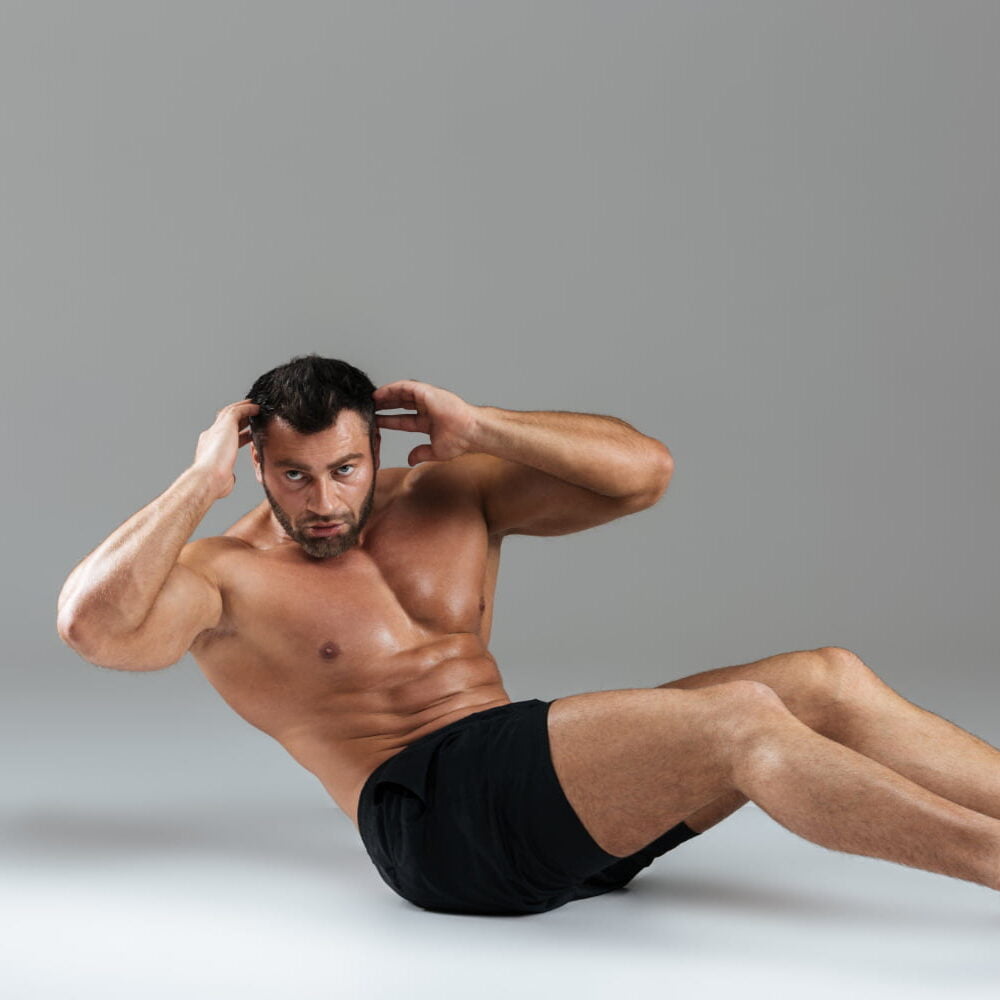
Top 10 Compound Core Exercises
In this section, we will explore the top 10 compound core exercises that are essential for building strength and definition in your midsection. These exercises target multiple muscle groups at once, providing a more efficient and effective workout for your core muscles.
1. Cable Standing Backhand
To execute the Cable Standing Backhand, set a cable pulley at waist height and attach a handle grip. Stand with your side to the machine, feet shoulder-width apart for stability. Grip the handle with your hand furthest from the pulley, planting your feet firmly on the ground to anchor yourself against resistance.
Brace your core – think of engaging those crucial transverse abdominis muscles that act as your body’s natural corset.
Next, you’ll draw upon not only core strength but also coordination by rotating through your pelvis and hips while pulling across your body in a backhand motion. Keep the move controlled; it’s about quality over speed.
Your oblique muscles will ignite as they work overtime to perform this rotational movement and stabilize you throughout each rep. A focus on precision ensures each twist sculpts definition in both external obliques and rectus abdominus – hello six-pack! Remember to switch sides after completing reps to maintain balance in muscular development across both sides of your body.
2. Captains Chair Straight Leg Raise
The Captain’s Chair Straight Leg Raise is an effective compound core exercise that targets the lower abs and hip flexors. Begin by gripping the handles of the captain’s chair, then lift your legs until they are parallel to the ground.
Slowly lower your legs back down without letting them touch the floor to engage and strengthen your abdominal muscles effectively.
This exercise helps build strength in the lower abdominals, improves stability in the hips, and enhances overall core strength. It also aids in developing better control over leg movements while promoting a stronger lower body.
3. Crawl Switch
The crawl switch is a dynamic exercise that targets the entire core and promotes functional strength. To perform this movement, start in a plank position with your hands directly under your shoulders and feet hip-width apart.
Alternate lifting one hand and the opposite knee off the ground while maintaining a stable core. Focus on engaging your abdominals throughout the exercise to enhance its effectiveness.
This compound core exercise not only strengthens your midsection but also improves coordination and stability, making it an excellent addition to any full-body workout routine.
4. Dumbbell Alternate V up
Lift a dumbbell in each hand, lie on your back with arms extended behind you. Simultaneously raise your legs and torso, keeping them straight, and aiming to touch the dumbbells together above your body.
Lower both legs and upper body back down to the floor before repeating with the opposite arm for a full set.
Engage your core throughout this exercise and focus on controlled movements for optimal results. This compound exercise targets multiple muscle groups including the abs, obliques, and hip flexors while also enhancing overall stability and coordination.
5. Dumbbell Alternate Z-Press
To perform the Dumbbell Alternate Z-Press, start by sitting on the floor with your legs extended straight out in front of you. Hold a dumbbell in each hand at shoulder height. Press one dumbbell overhead while keeping the other at shoulder level.
Lower it back down and repeat with the opposite arm. This exercise engages the core and stabilizing muscles to maintain proper posture as you press each dumbbell separately, making it an effective compound movement for building strength and stability in your core.
Focus on maintaining a strong and upright position throughout this exercise, engaging your abdominal muscles to prevent any arching of your lower back. By incorporating this exercise into your routine, you can improve overall core strength which can contribute to better performance in various activities and reduce the risk of injury during everyday movements or sport-specific tasks.
6. Dumbbell Low Windmill
The Dumbbell Low Windmill requires standing with your feet wider than shoulder-width apart, holding a dumbbell in one hand. Keep your arm straight and slowly lower the weight towards the opposite foot by bending at the hips and rotating your torso.
Then, return to the starting position while engaging your core muscles for stability and control throughout the movement.
Maintaining proper form is crucial to reap the full benefits of this exercise, which primarily targets the obliques, shoulders, and hips for improved strength and stability. Gradually increase the weight as you gain proficiency to further challenge these muscle groups.
7. Dumbbell Plank Pass Through
The Dumbbell Plank Pass Through is a dynamic core exercise that engages multiple muscle groups. Start in a high plank position, with a dumbbell placed on the floor next to your left hand.
Reach your right arm under your body and across to the left side, passing the dumbbell through from one hand to the other. Then, reach back with your left arm and pass the dumbbell back to your starting hand.
This movement challenges your core stability, shoulder strength, and coordination.
Engaging in regular sessions of this exercise can help improve overall core strength and stability while also enhancing upper-body endurance and mobility. The Dumbbell Plank Pass Through offers an effective way to target multiple muscle groups simultaneously for functional strength gains.
8. Dumbbell Wood Chop Squat
The Dumbbell Wood Chop Squat is a compound exercise that engages multiple muscle groups, including the core, shoulders, and legs. To perform this exercise, start by standing with your feet hip-width apart and holding a dumbbell with both hands at one end.
Then, squat down while bringing the dumbbell to the outside of one thigh. Next, stand up explosively and raise the dumbbell diagonally across your body to the opposite shoulder. This movement simulates chopping wood and targets rotational strength in addition to overall core stability.
Engaging in Dumbbell Wood Chop Squats can help build strength and definition in your core muscles, leading to improved functional fitness for activities such as sports or everyday tasks.
9. Dumbbell Spin
Perform the dumbbell spin by standing with your feet shoulder-width apart and holding a dumbbell in each hand at shoulder height. Keep your core engaged as you rotate your torso to one side, allowing the dumbbell to pivot and point towards the direction you’re turning.
Return to the center and repeat the movement on the other side, alternating back and forth while controlling the rotation.
Engage your obliques and maintain proper posture throughout this exercise, focusing on controlled movements rather than speed. The dumbbell spin targets your oblique muscles, promoting core stability and strength.
10. Kettlebell Figure 8
Engage your core and improve coordination with the Kettlebell Figure 8. Begin by standing with your feet hip-width apart and holding a kettlebell in one hand. Keeping your back straight, pass the kettlebell between your legs, moving it in a figure-eight pattern.
As you bring the kettlebell around one leg, transfer it to the other hand and pass it around the opposite leg. Continue alternating between hands in a smooth, controlled motion. Focus on engaging your core muscles throughout the exercise to stabilize your body.
The Kettlebell Figure 8 targets the core, hips, and grip strength while promoting agility and coordination. Add this dynamic exercise to your routine for a full-body workout that challenges multiple muscle groups simultaneously.

Sample Workout Routine Using Compound Core Exercises
Get ready to elevate your fitness game with this sample workout routine utilizing compound core exercises. Achieve strength and definition by incorporating the following exercises into your weekly regimen:
- Cable Standing Backhand: Stand sideways to a cable machine, holding the handle with both hands at chest height. Engage your core and twist away from the machine, then return to the starting position.
- Captains Chair Straight Leg Raise: Grab the handles of a captain’s chair and lift your legs until they are parallel to the ground, then lower them back down in a controlled motion.
- Crawl Switch: Begin in a plank position and move your right hand and left foot forward, then switch sides in a fluid alternating motion.
- Dumbbell Alternate V up: Lie on your back holding a dumbbell overhead, raise one leg and reach toward it with the opposite arm, then switch sides.
- Dumbbell Alternate Z-Press: Sit on the ground holding a dumbbell in each hand at shoulder height, press one weight overhead while stabilizing with the other arm, then alternate.
- Dumbbell Low Windmill: Hold a dumbbell in one hand and raise it overhead while keeping your opposite arm outstretched to the side; alternate sides.
- Dumbbell Plank Pass Through: Start in a plank position with a dumbbell placed just outside one hand; pass it under your body to the other hand and continue alternating.
- Dumbbell Wood Chop Squat: Holding a dumbbell, squat down while bringing it across your body from one side to the other; stand up and repeat on the opposite side.

Tips for Maximizing Results from Compound Core Exercises
Ensure you maintain proper form, gradually increase weight, and incorporate other exercises to optimize your results. For more tips on getting the most out of compound core exercises, keep reading!
Proper form
Maintain a neutral spine by engaging your core muscles throughout the exercise. Keep your shoulders relaxed and avoid shrugging during movements. Distribute the weight evenly between both sides of your body to prevent imbalances in muscle development.
Ensure that your movements are controlled, avoiding any rapid or jerky motions that could lead to injury. Focus on breathing steadily and rhythmically, exhaling during the exertion phase and inhaling during the relaxation phase of each exercise.
When lifting weights, maintain proper posture by keeping your back straight and knees slightly bent to reduce strain on your lower back. Ensure that you perform each movement with a full range of motion for optimal muscle engagement.
Gradually increase weight
Increase weight gradually to challenge your core muscles and promote growth. Make incremental adjustments as you feel more comfortable with each exercise, aiming to push yourself a little further each time.
This progressive approach will help build strength and definition while reducing the risk of injury.
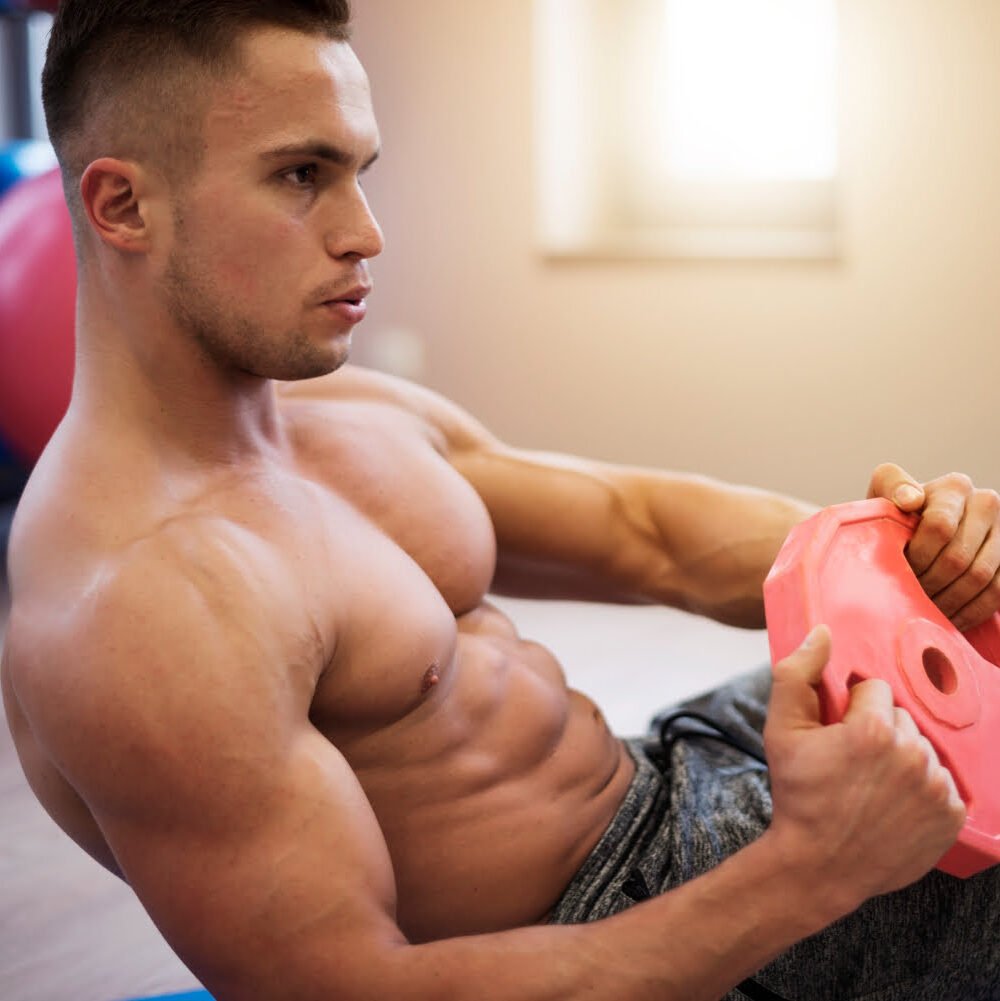
Recommended Sets And Reps
When integrating compound core exercises into your fitness regimen, it’s critical to understand the optimal number of sets and repetitions for maximum benefit. This approach ensures progressive overload, leading to strength and definition gains. Below, find an HTML table outlining recommended sets and reps for each exercise listed in the top 10 compound core exercises segment.
| Exercise | Sets | Reps |
|---|---|---|
| Cable Standing Backhand | 3-4 | 8-12 each side |
| Captains Chair Straight Leg Raise | 3 | 10-15 |
| Crawl Switch | 3 | 15-20 each side |
| Dumbbell Alternate V up | 3-4 | 12-16 |
| Dumbbell Alternate Z-Press | 3 | 8-10 each side |
| Dumbbell Low Windmill | 3 | 6-10 each side |
| Dumbbell Plank Pass Through | 3 | 8-12 each side |
| Dumbbell Wood Chop Squat | 3-4 | 8-12 each side |
| Dumbbell Spin | 3 | 8-12 each side |
Stay consistent with these exercises and track your progress. Moving forward, let’s delve into incorporating these movements into a cohesive workout routine.
Incorporate other exercises
Incorporate other exercises, such as pull-ups, push-ups, and front squats to complement your compound core workout routine. These exercises target various muscle groups that support overall core strength and stability.
Including a variety of movements will help you achieve a well-rounded and balanced physique while enhancing your core strength. Adding in additional exercises like kettlebell swings or bicycle crunches can also provide the necessary challenge needed to further develop your abdominal muscles.
Furthermore, integrating different types of exercises into your routine will keep your workouts interesting and prevent plateaus by continuously challenging your body. Mixing up exercise modalities not only helps in strengthening the entire core but also promotes overall functional fitness for everyday activities.
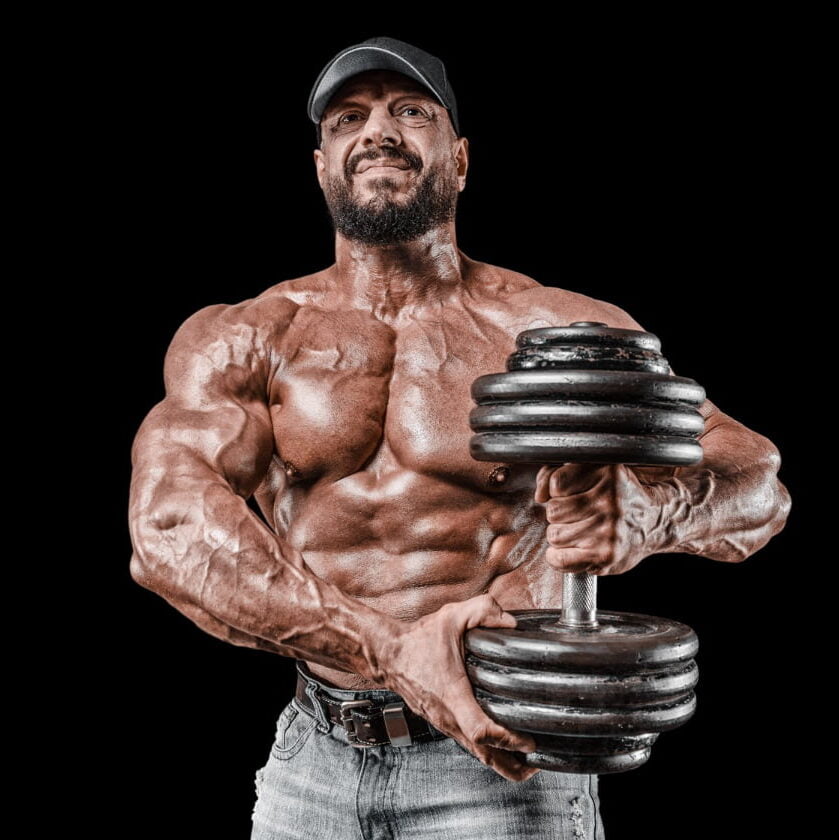
Proper nutrition and rest
Proper nutrition and rest are essential for allowing your muscles to recover and grow after intense compound core exercises. Fueling your body with a balanced diet rich in lean protein, complex carbohydrates, healthy fats, and plenty of fruits and vegetables can provide the nutrients needed for muscle repair and growth.
Additionally, ensuring that you get an adequate amount of quality sleep each night is crucial for allowing your body to recuperate from challenging workouts. Prioritizing proper nutrition and ample rest will help optimize the results you achieve from your compound core exercise routine.
Consistently implementing these practices will not only aid in muscle recovery but also support overall health and well-being. Neglecting proper nutrition or skimping on rest can hinder progress and lead to fatigue, which may impede performance during workouts.
Consistency is key
Consistency is key when it comes to seeing results from compound core exercises. By sticking to a regular workout routine and maintaining discipline, you can gradually build strength and definition in your core muscles.
Consistently challenging yourself with these compound exercises will help you achieve your fitness goals over time.
To see significant changes in your core strength and definition, it’s essential to remain consistent in both exercise frequency and intensity. Over time, this commitment will lead to noticeable improvements in your overall physical performance and appearance.
Conclusion

In conclusion, these 10 compound core exercises are essential for building strength and definition. They provide a practical and efficient way to target multiple muscle groups simultaneously.
By incorporating these exercises into your routine, you can expect significant improvements in overall core strength and stability. Remember, consistency is key when it comes to reaping the full benefits of compound core exercises.
Take action today and witness the transformative impact on your fitness journey!
FAQs
1. What are compound core exercises?
Compound core exercises are strength exercises that work several muscle groups at once, like the abdominal muscles, back, and pelvis, to build a stronger and more defined torso.
2. Why should I include compound exercises in my workout routine?
Including compound exercises like squats and deadlifts in your routine engages multiple muscle groups which leads to more effective strength building and conditioning compared to isolated movements.
3. Can doing chin-ups improve my core strength?
Absolutely! Chin-ups not only target your upper body but also engage your transversus abdominis and external oblique muscles as you pull up on the bar, enhancing your overall core strength.
4. What’s the benefit of using kettlebells for core-training?
Kettlebells add resistance to movements like goblet squats or kettlebell swings; they challenge your balance and activate your entire core region along with other major muscle groups.
5. How does the bench press help define my abs?
While primarily known for targeting pecs and triceps, performing dumbbell bench presses also requires activation of the transverse abdominus—the deep-core stabilizing muscles—when lifting correctly with control.
6. Are there any additional benefits from performing weightlifting-based compound movements?
Yes! Exercises such as clean-and-jerks or snatches develop power cleans by rapidly engaging various muscles including those in your four-pack during explosive lifts providing both strength gains and cardiovascular benefits.

Author
Years ago, the spark of my life’s passion ignited in my mind the moment I stepped into the local gym for the first time. The inaugural bead of perspiration, the initial endeavor, the very first surge of endorphins, and a sense of pride that washed over me post-workout marked the beginning of my deep-seated interest in strength sports, fitness, and sports nutrition. This very curiosity blossomed rapidly into a profound fascination, propelling me to earn a Master’s degree in Physical Education from the Academy of Physical Education in Krakow, followed by a Sports Manager diploma from the Jagiellonian University. My journey of growth led me to gain more specialized qualifications, such as being a certified personal trainer with a focus on sports dietetics, a lifeguard, and an instructor for wellness and corrective gymnastics. Theoretical knowledge paired seamlessly with practical experience, reinforcing my belief that the transformation of individuals under my guidance was also a reflection of my personal growth. This belief holds true even today. Each day, I strive to push the boundaries and explore new realms. These realms gently elevate me to greater heights. The unique combination of passion for my field and the continuous quest for growth fuels my drive to break new ground.

